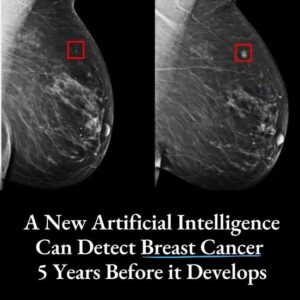Arterial Dissection and Hidden Risks
Arterial dissection from trauma, high-intensity workouts, or chiropractic manipulation is a leading cause of stroke under 45. Autoimmune disorders like lupus and sickle cell anemia also raise stroke risk due to increased clotting.
Social Inequities and Environmental Stress
Stroke rates are rising fastest among those without a high school education. Limited healthcare access, pollution, and extreme temperatures make things worse. “The burden is especially heavy in low- and middle-income countries.”
Why Prevention Matters
Surviving a stroke young often means living with long-term disability. “Each disability-adjusted life year in a young person generates a much greater social burden than at older ages.” Prevention starts with early blood pressure checks, healthy eating, regular exercise, and digital tools for health tracking.
Acting now with targeted education and accessible healthcare is key to reversing this trend and protecting future generations.


